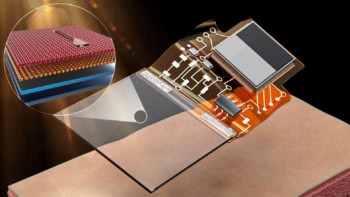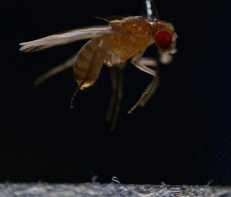The ability to perform measurements and obtain images at different locations along the human gastrointestinal tract would be of considerable benefit in various branches of medicine. In recent years several biomedical companies have developed so-called wireless capsules that can take images inside the gut after they have been swallowed. However, these devices cannot be stopped at a particular location inside the gut because they are carried along by the natural process of peristalsis. This lack of a stopping mechanism means that certain areas of the digestive tract cannot be studied in detail.

Now Andrea Moglia of the CRIM Lab in Pontedera, near Pisa, and colleagues have developed a clamping system or “gripper” that could be used to stop such capsules at specific locations of medical interest. The gripper is made of a biocompatible nickel-titanium alloy that can be made to change its shape. The work could lead to the development of a pill that can perform biopsies in a non-invasive way (J. Micromech. Microeng. 15 2045).
The gripper is able to gently grip the walls of the intestine and it can move forwards and backwards with respect to the capsule thanks to two springs. The next stage is to attach a tiny video camera and battery to the capsule, which is just 26 mm long and 12 mm across.
The gripper relies on “shape memory alloys” – materials that respond to changes in the environment. In particular, these alloys are able to recover their initial shape when the temperature changes or when a mechanical stress is removed.
The new device is activated by a dedicated electrical interface. When current flows through a nickel-titanium wire, electrical energy is converted into mechanical energy and the gripper opens. When the current is switched off, the gripper closes automatically.
The scientists tested their prototype device in pig tissue and found that the gripper could exert a force of up to 0.6 Newtons on intestinal tissue. This is strong enough to overcome the peristalsis forces in the gut. The team now plans to increase the speed of the device and reduce its power consumption.



